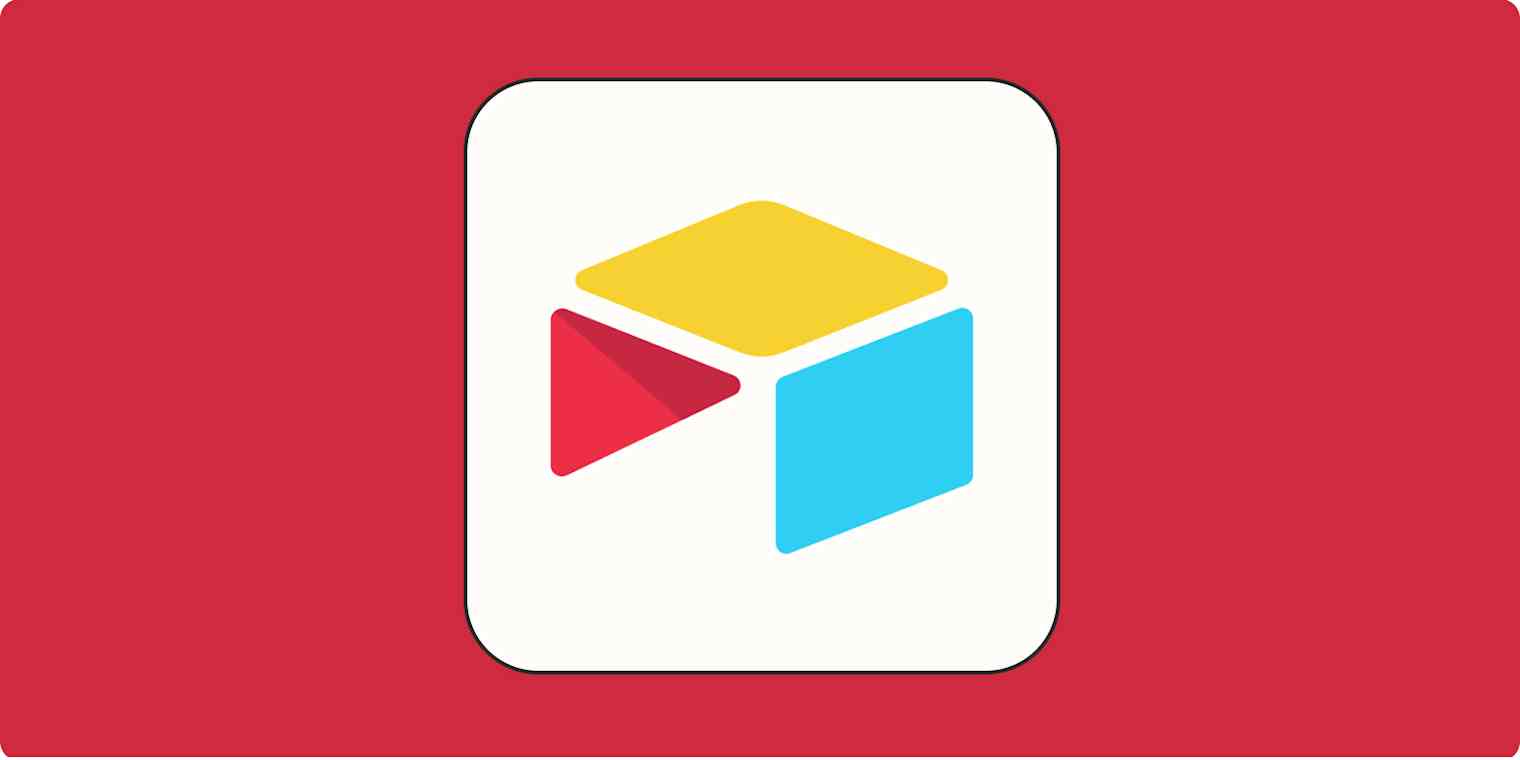App tips
4 min read4 tips for learning your way around Airtable
Here's how I made Airtable less intimidating—and more useful—for myself
By Justin Pot · August 13, 2021

Get productivity tips delivered straight to your inbox
We’ll email you 1-3 times per week—and never share your information.
mentioned apps
Related articles
Improve your productivity automatically. Use Zapier to get your apps working together.






